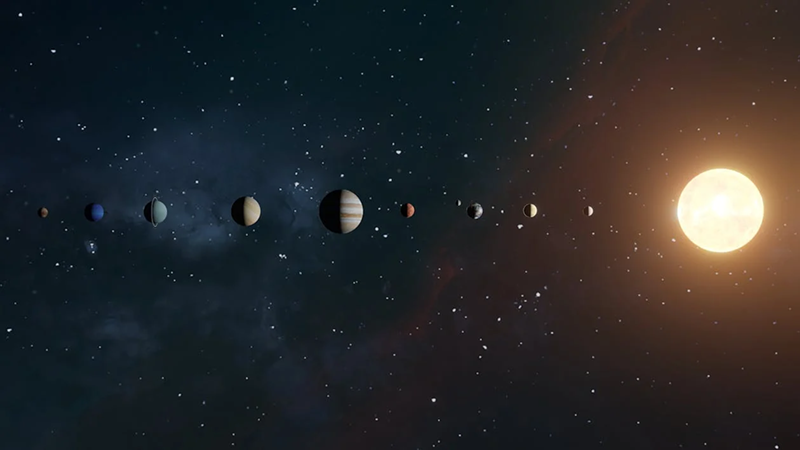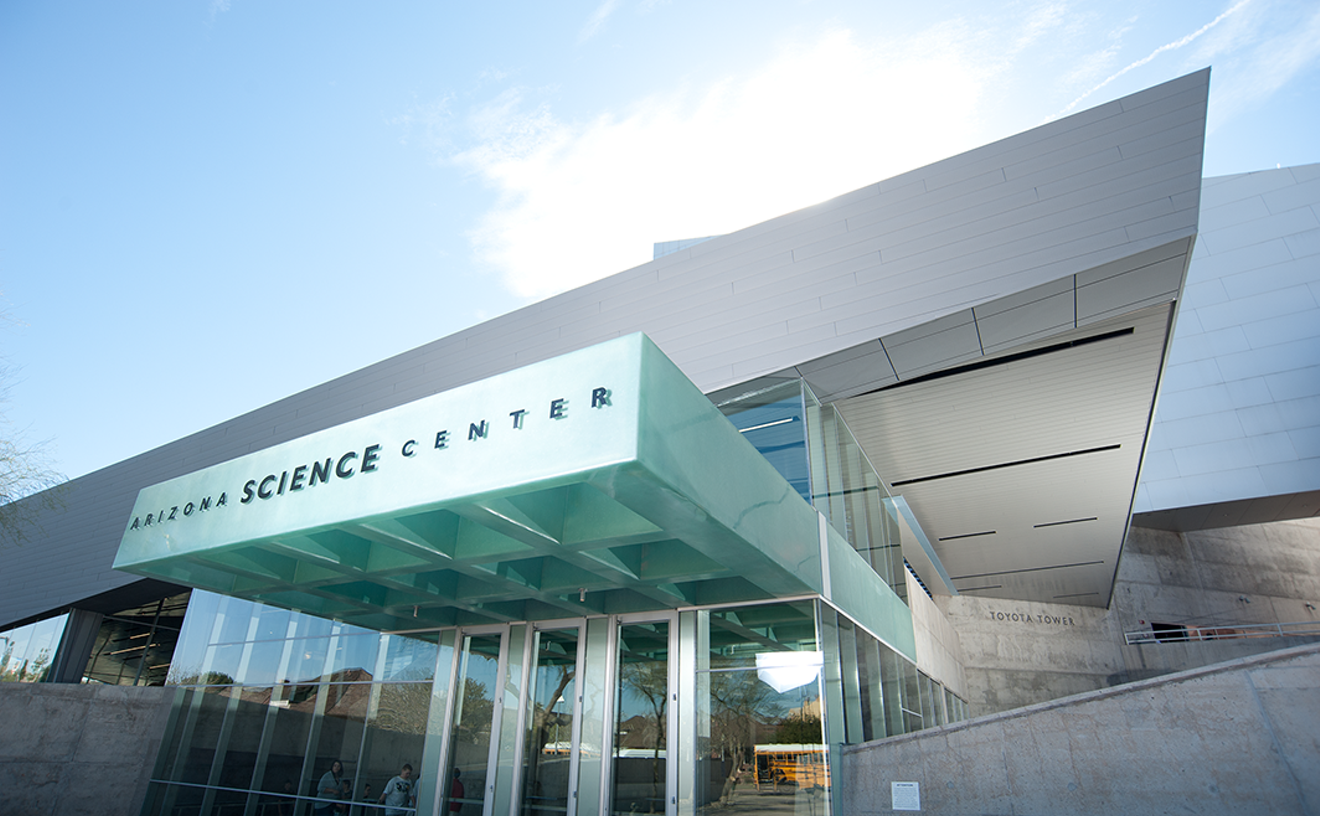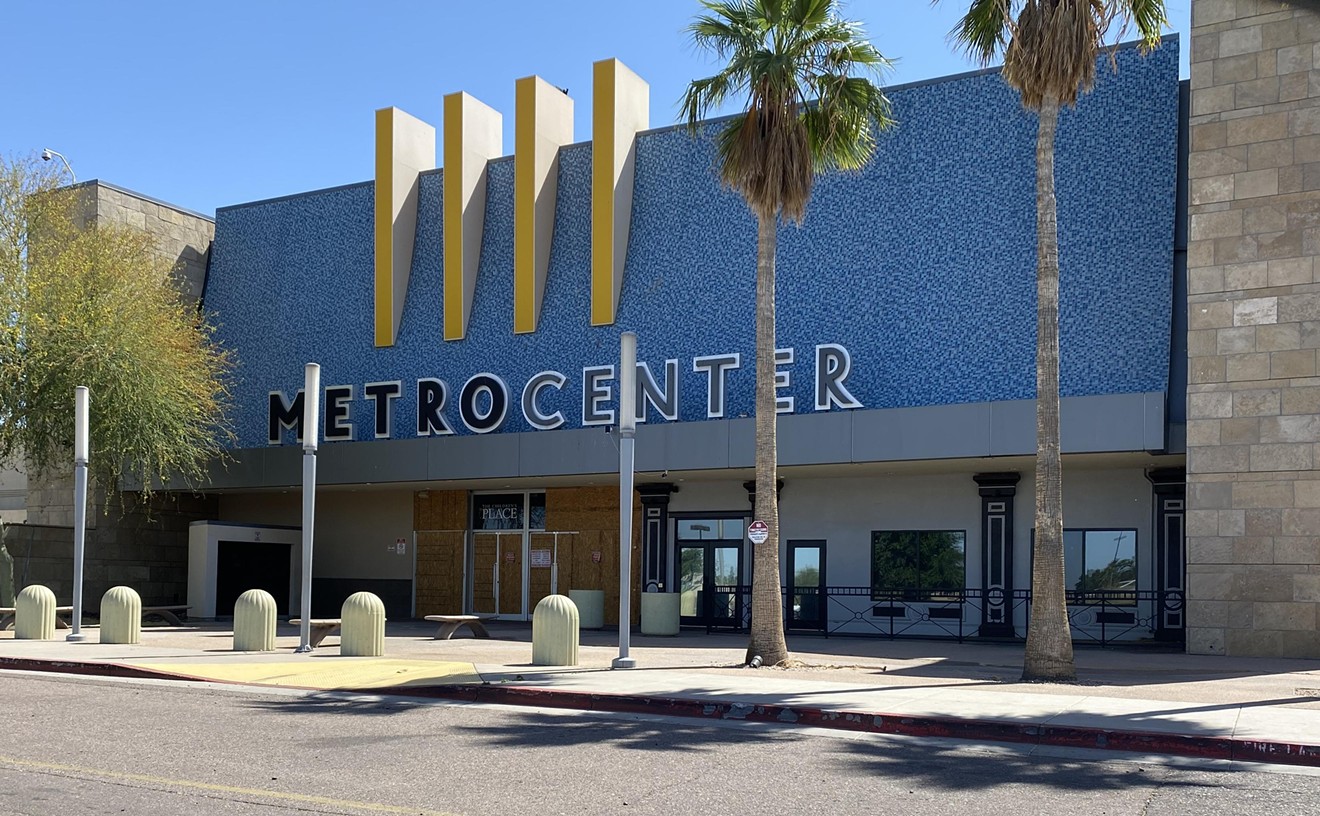It's been a great summer for astronomical events. We've had several meteor showers, and even got to see a rare super blue moon.
The latest reason to look up to the skies is a planetary alignment. Mercury, Mars, Jupiter, Saturn, Uranus and Neptune will be visible and will appear to be in a straight line.
The best time to view the planetary alignment is the early hours of Wednesday morning.
Cameron Piotti a staff scientist at Arizona Science Center, answered our questions about the upcoming celestial event.
What is a planetary alignment?
Piotti: A planetary alignment is a term used to describe what happens when several planets are visible and gathered on one side of the Sun at the same time, giving us nights with multiple planets visible all in what looks to be a line of planets or a "planet parade."
How common or rare is it? When is the last time this happened? When will the next time be?
The planetary alignment happening on the 28th involves six planets. These planetary alignments aren't rare, but they happen less often than alignments involving two to four planets, so every couple of months. The last alignment involving six planets happened on April 8 and will happen again on Jan. 18, 2025.
Will we be able to see it in metro Phoenix?
You will still be able to see Jupiter, Saturn and Mars from metro Phoenix. However, the best way to get a clear view of this event will be to find a place away from all of the light pollution that metro Phoenix emits as well as a place with a nice clear view of the horizon with no buildings or trees in the way, as Mercury will be very close to the horizon when it rises.
Will it be visible with the naked eye? Do we need binoculars? A telescope?
Saturn, Jupiter, Mercury and Mars will all be visible with the naked eye with Mercury rising around 5:20 a.m., so you will need to get up early to catch a glimpse of it. Uranus and Neptune will only be visible using high-powered binoculars or a telescope.
What time is best to go outside and see it?
The best time to view this event will be at 4 a.m. until sunrise.
Is it just for Wednesday or will it be visible other days, too?
While the alignment of the planets is best viewed on Aug. 28, most of these planets will still be visible in the sky during days after, they will just be less "aligned."

Audio By Carbonatix
[
{
"name": "Air - MediumRectangle - Inline Content - Mobile Display Size",
"component": "18478561",
"insertPoint": "2",
"requiredCountToDisplay": "2",
"watchElement": ".fdn-content-body",
"astAdList": [
{
"adType": "rectangle",
"displayTargets": "mobile"
}
]
},{
"name": "Editor Picks",
"component": "16759093",
"insertPoint": "4",
"requiredCountToDisplay": "1",
"watchElement": ".fdn-content-body",
"astAdList": [
{
"adType": "rectangle",
"displayTargets": "desktop|tablet"
},{
"adType": "rectangle",
"displayTargets": "desktop|tablet|mobile"
}
]
},{
"name": "Inline Links",
"component": "17980324",
"insertPoint": "8th",
"startingPoint": 8,
"requiredCountToDisplay": "7",
"maxInsertions": 25
},{
"name": "Air - MediumRectangle - Combo - Inline Content",
"component": "16759092",
"insertPoint": "8th",
"startingPoint": 8,
"requiredCountToDisplay": "7",
"maxInsertions": 25,
"watchElement": ".fdn-content-body",
"astAdList": [
{
"adType": "rectangle",
"displayTargets": "desktop|tablet"
},{
"adType": "rectangle",
"displayTargets": "desktop|tablet|mobile"
}
]
},{
"name": "Inline Links",
"component": "17980324",
"insertPoint": "8th",
"startingPoint": 12,
"requiredCountToDisplay": "11",
"maxInsertions": 24
},{
"name": "Air - Leaderboard Tower - Combo - Inline Content",
"component": "16759094",
"insertPoint": "8th",
"startingPoint": 12,
"requiredCountToDisplay": "11",
"maxInsertions": 24,
"watchElement": ".fdn-content-body",
"astAdList": [
{
"adType": "leaderboardInlineContent",
"displayTargets": "desktop|tablet"
},{
"adType": "tower",
"displayTargets": "mobile"
}
]
}
]












